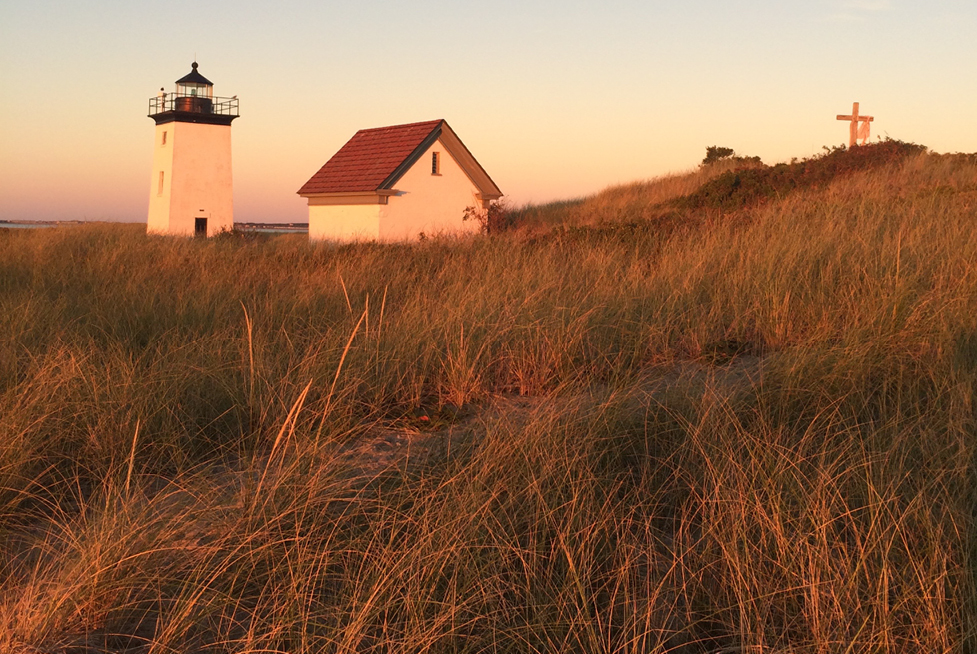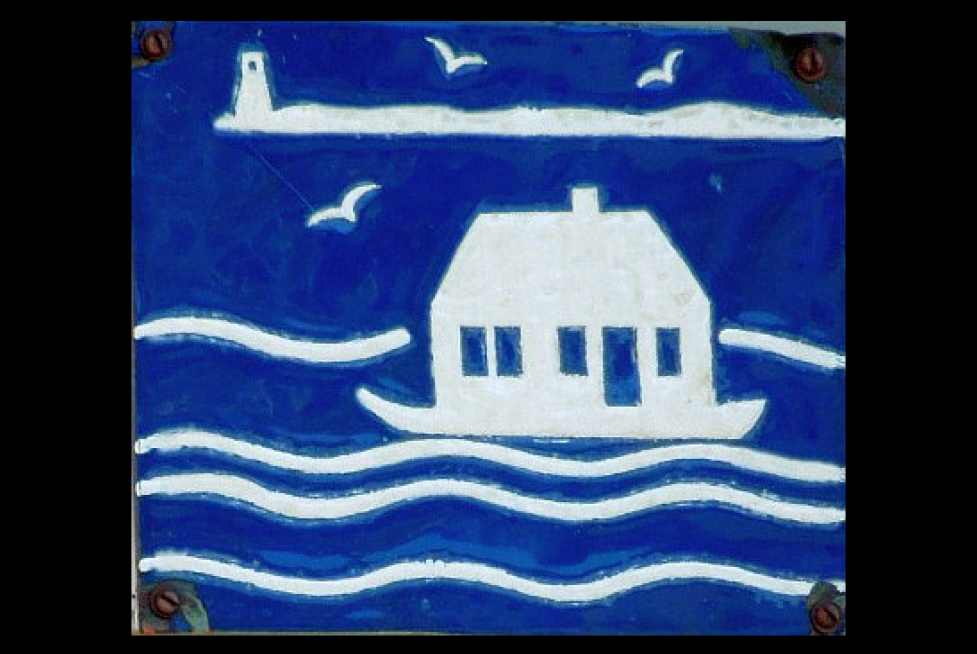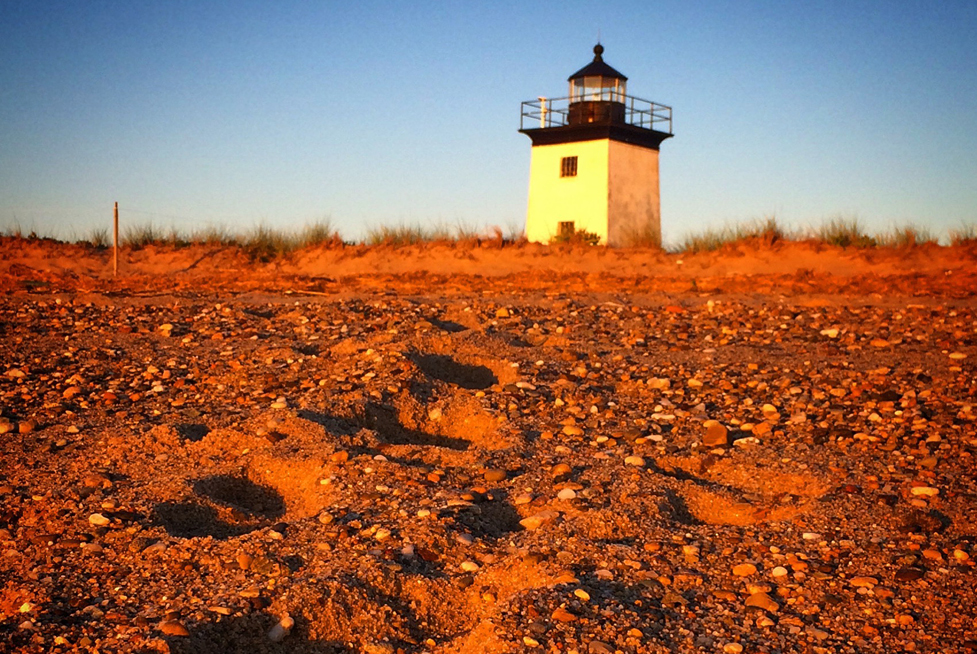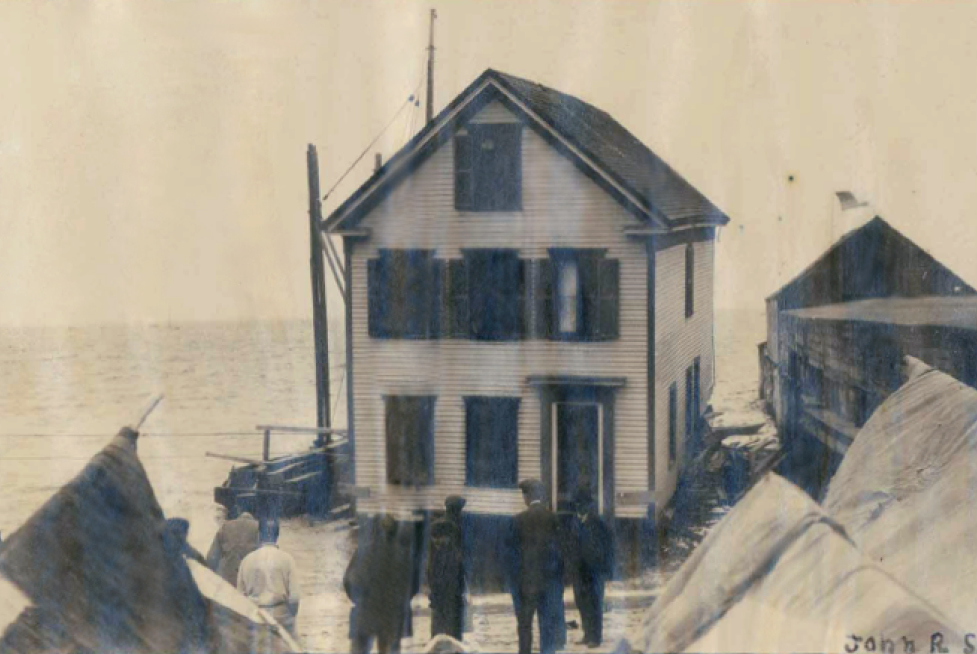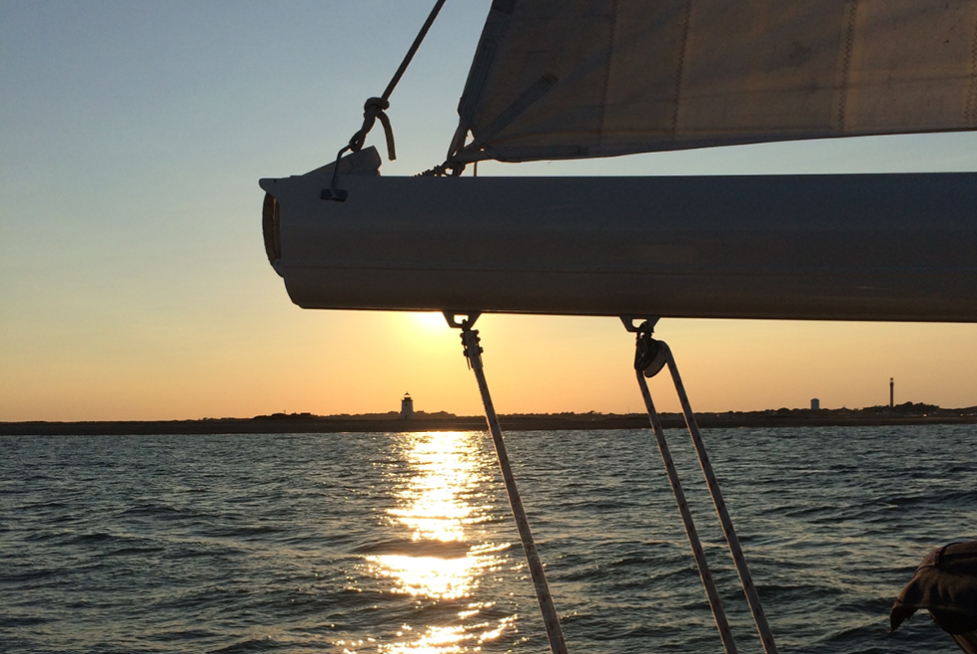Long Point, the Tip of Cape Cod, Massachusetts
Long Point is a land mark at the very Tip of Cape Cod that we regularly sailing around. It can be seen from the streets and Harbor of Provincetown and we sail very close to it on all our sails as there is very deep water all the way to the shore. What makes Long Point so interesting beyond it’s beautifully iconic lighthouse nestled in the dunes?
The tip of Cape Cod curls back in on itself to create Provincetown Harbor. The Long Point Light was built on this point in 1827. The lighthouse once shared this peninsula with a settlement of fishermen that came to be known as Long Point, Massachusetts. This Provincetown village grew and thrived from 1818 until the late 1850s. When the settlers decided to leave Long Point, they took most of their houses with them – about 30 homes in all – by floating them across the harbor.
During the American Civil War, the military established a defensive coastal artillery post and garrison at this location. The Long Point Battery came to be known as “Fort Useless” and “Fort Ridiculous” among the local residents.
Today, Long Point is a ghost village – nothing remains, except for the lighthouse, an earthen mound (the last remnant from the earlier military post), some artifact pier pilings and a portion of a jetti revealed at low tide. There are often seals swimming close to shore, bird hatcheries, nests, and afternoon weekend gatherings by the locals.
Sources differ and remain unclear as to the specific reasons for leaving Long Point; it is also unclear whether there was a triggering event which caused a wholesale departure, or whether there was instead a more orderly migration. Sources all agree, however, that beginning in the 1850s, families began to leave Long Point and return to the main town. Most of the families took their houses with them when they left Long Point – the local Deacon’s specialty was moving buildings, and the houses, about 30 in all, were placed on rafts and floated across Provincetown Harbor to the town’s West End. “They say that so gently were these houses eased off that the moving didn’t interfere with the housewife cooking her dinner,” wrote Mary Heaton Vorse. By the time of the American Civil War (1861–1865), only two houses were left on Long Point.
Many of those historic “floater homes”, as they came to be called, are still standing in Provincetown’s West End, and can be identified by a distinctive blue and white plaque (pictured) that indicates the home’s historic journey. The schoolhouse was among the last buildings to leave Long Point; it was moved to Commercial Street in the center of town.
During the War of 1812, the British navy had controlled Provincetown Harbor. Seeking to correct the lack of fortifications, the U.S. Army surveyed the harbor from 1833–1835, and noted that “the point had a large civilian population”.[4] The Army returned to build the planned Long Point Battery during the American Civil War. The Army, however, did not actually “construct” the officer’s quarters – instead, the company’s three officers were headquartered in the last remaining house from the earlier village. The batteries on Long Point remained operational until the post was abandoned in 1872, but they were never used in combat. In the years following the war, the people of Provincetown, aware that they were protected against an enemy that would never materialize, soon labelled the batteries “Fort Useless” and “Fort Ridiculous”.
In 1873, a lighthouse inspection revealed that the original wooden light – whose unique architectural design came to be known as a “Cape Cod style lighthouse” – had deteriorated to such a poor condition that it might have been destroyed by a strong storm. In 1875, that light was replaced with the brick tower that stands today.
An oil house was built in 1904, in order to properly store the flammable materials used to illuminate the light.[33] Aside from the lighthouse and the oil house, no other structure has survived to the present day. The mound of earth that formed the foundation of the outer battery appears as none other than a sand dune – no other hint of the early settlement, the military post, nor the oil factory can be found on Long Point today
One cultural artifact that is now visible atop the earthworks of the outer battery is a cross that honors the memory of Staff Sgt. Charles Darby – “an unsung soldier who loved the dunes”. Darby was killed in action over the Netherlands in 1944.
Interested in walking around Long Point to see the dunes, lighthouse, and memorial mound? On our four hour or longer sails, we can take a break from sailing to anchor on the inside of the point and swim or dinghy ashore. Let’s sail to and around Long Point!
Source: www.wikipedia.com

